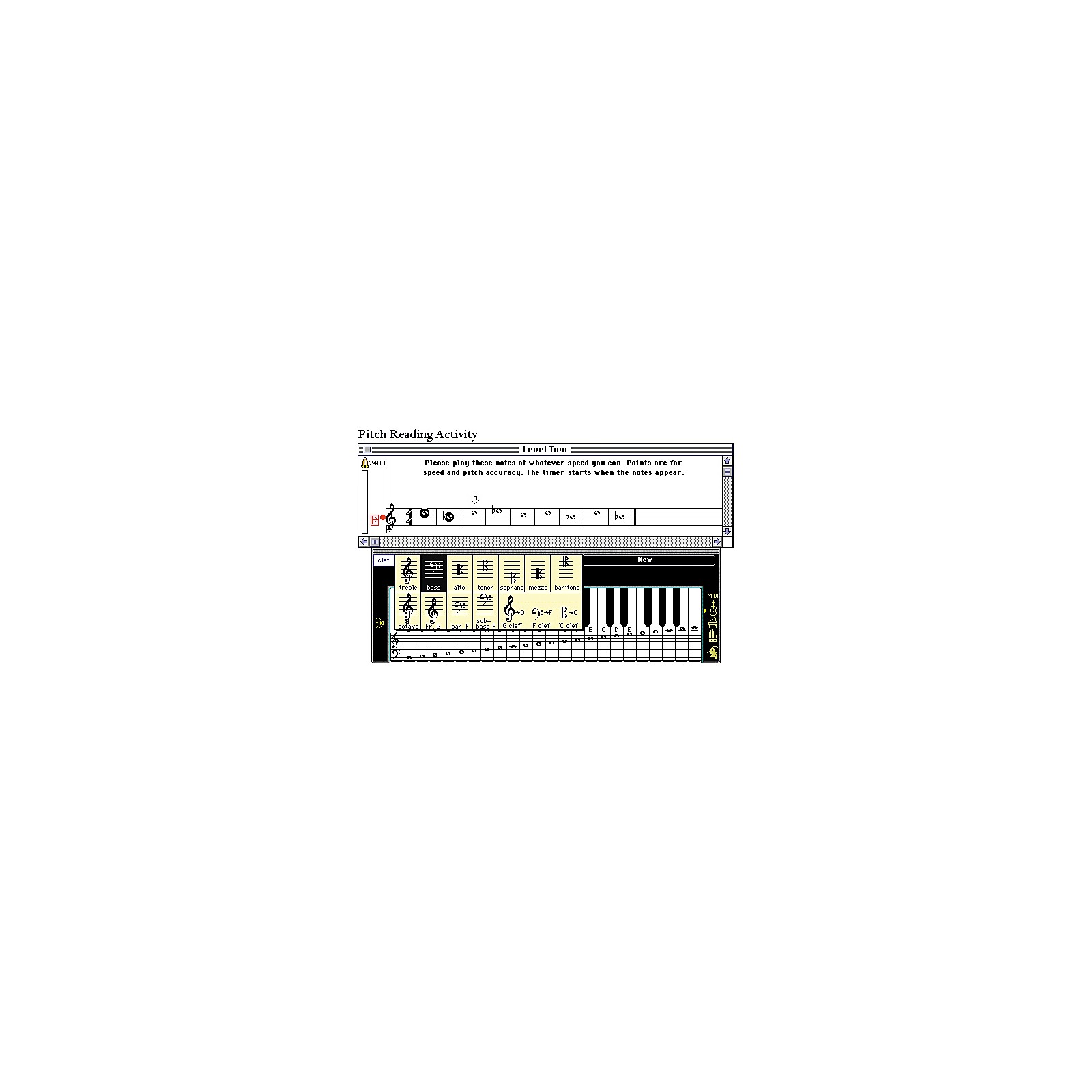


M.), Natural and Artificial Music: the Origins and Development of an Aesthetic Concept, Vol. BOSI (C.), Gentils Gallans de France: The Vicissitudes of a French War Song between Brittany and Rome, Vol. M.), Resonance musicale d’une villa de Palladio, Vol. BONGE (D.), Gaffurius on Pulse and Tempo: A Reinterpretation, Vol.

Gloria A and the Roman Eastern Vigil Ordinary, Vol.BLUM (F.), Another Look at the Montpellier Organum Treatise, Vol. Two “Carnival Songs” unmasked: A Commentary on MS Florence Magl.Petrucci’s Venetian Editor: Petrus Castellanus and his Musical Garden, Vol.

BEVILACQUA (G.), Conductus ot Motet? A New Source and a Question of Genre, Vol. BESUTTI (P.), Da L’Arianna a La Ferinda: Giovan Battista Andreini e la “comedia musicale all’improviso”, Vol. BESSELER (H.), The Manuscript Bologna Biblioteca Universitaria 2216, Vol. A.), Philip Van Wilder and the Netherlandish Chanson in England, Vol. BERNHARD (M.), Textkritisches zu Aurelianus Reomensis, Vol. Jacobus Clemens non Papa’s Chansons in their Chronological Order, Vol.A Classified List with a Notice on His Life, Vol. Bibliography of the Sacred Works of Jacobus Clemens Non Papa.On the Performance of Ludford’s Alternatim Masses, Vol.BERGER (C.), The Hand and the Art of Memory, Vol. The Machaut Manuscripts V g, B and E, Vol.Modal Order and Disorder in the Rhymed Office, Vol.A Contemporary Perception of Early Fifteenth-Century Style: Bologna Q15 as a Document of Scribal Editorial Initiative, Vol.BENHAM (H.), The Formal Design and Construction of Taverner’s Works, Vol. A.), Changes in the Literary Texts of the Late 25th and WìEarly 16th Centuries, as shown in the Works of Chanson Composers of the Pays-Bas Méridionaux, Vol. AVENARY-LOEWENSTEIN (H.), The Mixture Principle in the Mediaeval Organ-An Early Evidence, Vol. Formal Structure of Psalms and Canticles in Early Jewish and Christian Chant, Vol.W.), On the Provenance of Manuscript Perugia, Biblioteca Comunale Augusta, 431 (G20), Vol. ARNOLD (D.), Towards a Biography of Giovanni Gabrieli, Vol. The Early Development of Organ Ricercar, Vol.The Development of French Secular Music During the Fourteenth Century, Vol.The Notation of the Bamberg and Las Huelgas Manuscript, Vol.Motets of the Thirteenth Century Manuscript La Clayette, Vol.P.), A Neglected Anonymous Requiem Mass of the Early Sixteenth Century and Its Possible Context, Vol. ALTENBURG (D.), Die Musik in der Fronleichnamesprozession des 14. ALM (I.), Humanism and Theatrical Dance in Early Opera, Vol. The most notable composer of French ars nova, and at the same time the last great trouvère of the late Middle Ages, was Guillaume de Machaut.-ALLAIRE (G.), A Sample of Hexachordal Modal Analysis for Vocal and Instrumental Polyphony of the Renaissance, Vol. They wrote madrigals, ballads, and caccias. The leading composers were Francesco Landini, Gherardello, and Giovanni da Firenze. In Italy, ars nova arose in the north (Florence, Bologna, Perugia, and other cities). The humanist theoretician#nd Parisian master Johannes de Muris (Jean de Murs) also sided with ars nova. It was first established theoretically in 1309 by the Italian investigator Marchettus of Padua, and in the 1320’s by the French humanist Philippe de Vitry, who contrasted the new art to medieval religious polyphony in the treatise Ars nova. Melodies and musical themes acquired refinement and clarity.
#ARS NOVA PRACTICA MUSICA PROFESSIONAL#
In ars nova, secular vocal and instrumental music was elevated for the first time to a high professional level there was movement toward the music of everyday life and the major mode, which was prevalent in folklore, became established. Humanistic current in French and Italian music of the 14th century.


 0 kommentar(er)
0 kommentar(er)
